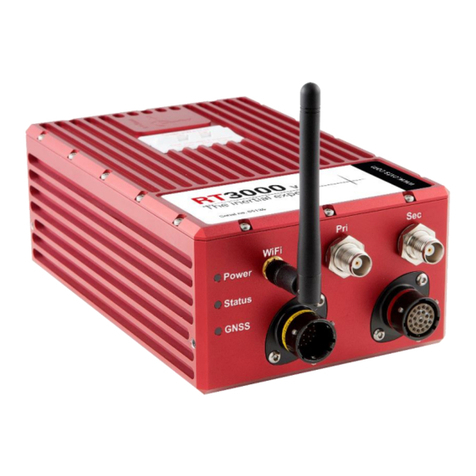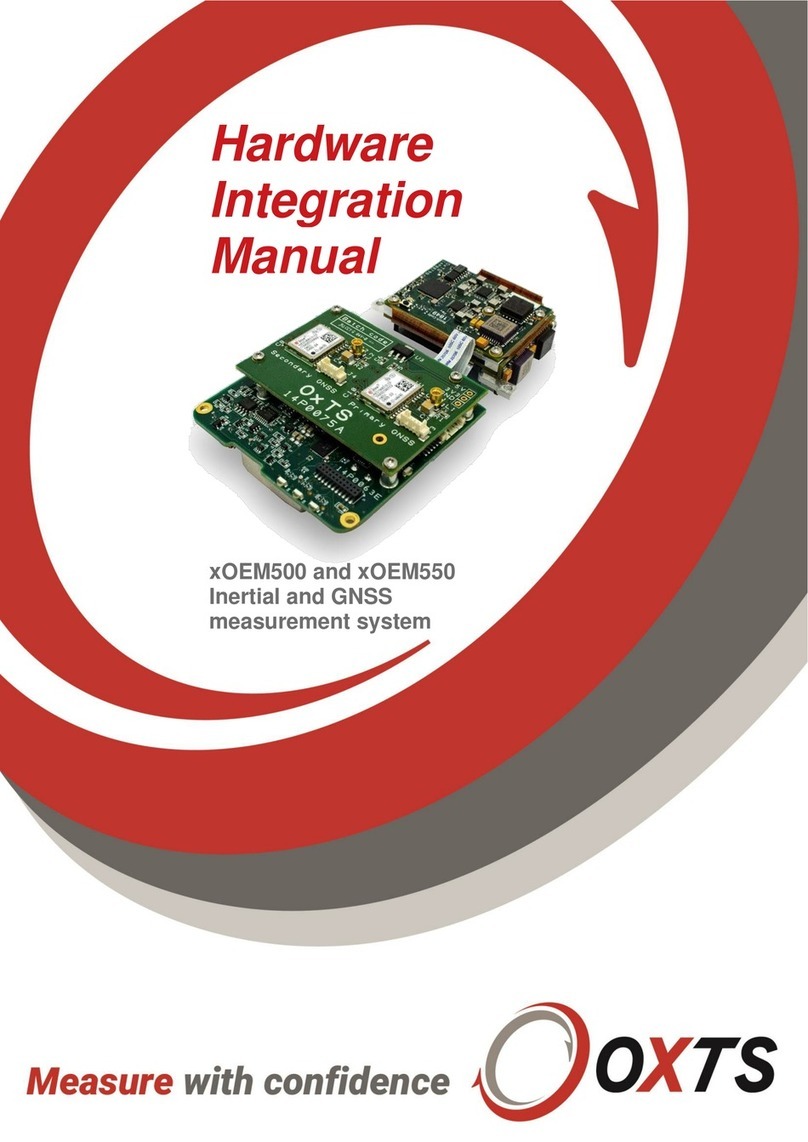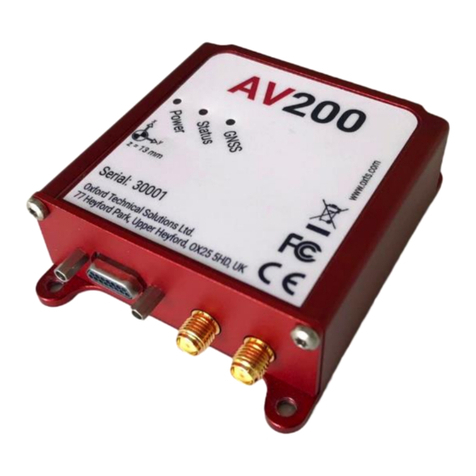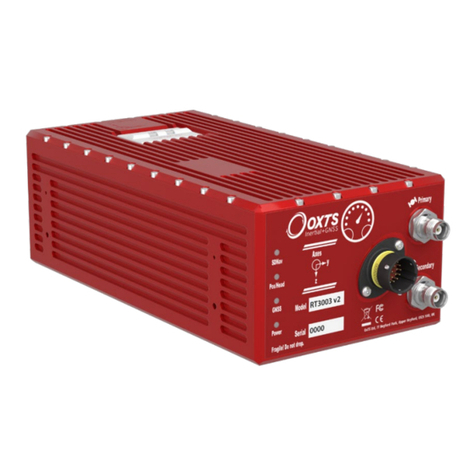Contents
Legal notices .......................................................................................................................................1
Copyright notice...................................................................................................................................1
Revision...............................................................................................................................................1
Contact details.....................................................................................................................................1
Warranty..............................................................................................................................................2
Environmental protection.....................................................................................................................2
Introduction .............................................................................................................................................4
Features ..............................................................................................................................................4
Models.................................................................................................................................................4
Scope of delivery.....................................................................................................................................5
Specification............................................................................................................................................6
Installation...............................................................................................................................................6
Mounting to the vehicle........................................................................................................................6
RT-XLAN retaining strap .....................................................................................................................8
RT-XLAN retaining strap installation...................................................................................................9
Connection to RT3000 v3 or RT500.......................................................................................................9
Connection to RTs without an Auxiliary connector...............................................................................10
Connection to RTs via an RT Range S Hunter or Target Box..............................................................13
Connection to RTs via an original RT Range system...........................................................................13
Configuration.........................................................................................................................................15
Operation...............................................................................................................................................16
LED indicators................................................................................................................................16
Checking the communication link......................................................................................................16
Revision history.....................................................................................................................................17
Appendix ...............................................................................................................................................18
Disabling the RT-Range’s wireless LAN ...........................................................................................18

































